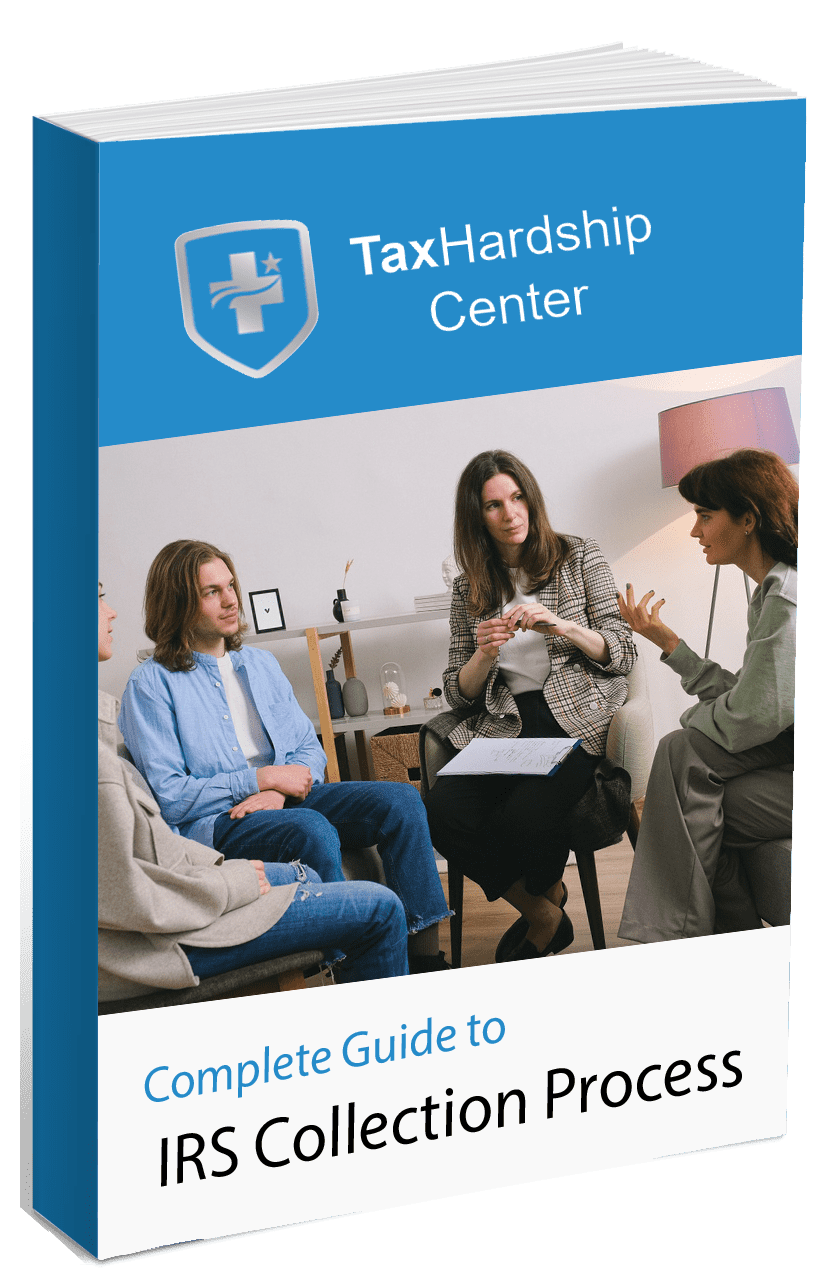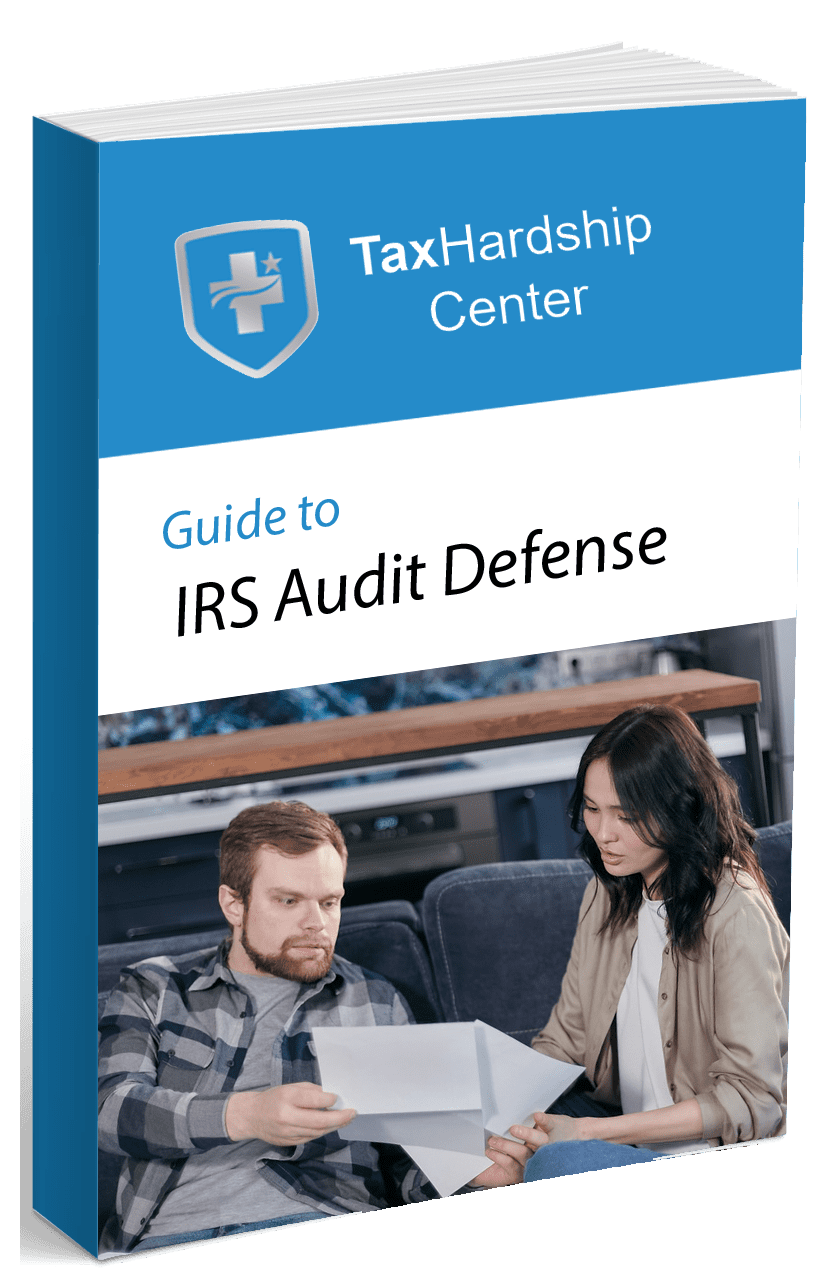Retirement tax planning isn’t just about contributing to your 401(k) or IRA. Advanced strategies go beyond these traditional accounts to maximize your savings and minimize taxes. This guide explores those strategies, giving you the tools to diversify your retirement portfolio and secure your financial future.
The Limits of Traditional Retirement Accounts
401(k)s and IRAs are the foundation of many retirement plans. While these accounts offer tax advantages and help you save for the future, they come with limitations that may restrict high-income earners and those with more complex financial goals.
401(k) Plans and IRAs: A Quick Overview
A 401(k) is an employer-sponsored plan in which employees defer a portion of their salary into a tax-advantaged account. Employers often match contributions, making it a strong savings option. Similarly, depending on the type, IRAs allow individuals to save for retirement with either tax-deferred or tax-free growth. Both options have tax benefits that encourage retirement savings.
Limitations to Consider
In 2023, 401(k)s contribution limits were capped at $22,500, with an extra $7,500 for those over 50. IRAs are even more limited, allowing only $6,500 annually, with a $1,000 catch-up for older savers. For those with higher incomes, these caps may not be enough to meet retirement goals, making it necessary to explore other savings methods.
Simplifying Complex Retirement Tax Planning
Tax planning for retirement can be complex, but it doesn’t have to be overwhelming. Are you confused by the tax implications of different retirement accounts like 401(k)s, IRAs, or Roth IRAs? Unsure of how to best leverage SEP IRAs, taxable investment accounts, or health savings accounts (HSAs) for retirement? At Tax Hardship Center, we simplify your retirement tax strategy and ensure you’re set for the future.
We specialize in untangling complex tax situations for retirement planning, including:
- Roth IRA Conversion Strategies: Converting traditional IRA funds into a Roth IRA can be tricky, but our experts ensure you comply with all regulations while minimizing taxes.
- SEP IRA Contributions: Maximizing contributions for self-employed individuals and small business owners requires a personalized approach. We’ll help you optimize your retirement savings.
- Audit Support: Are you facing an IRS audit related to your retirement accounts? We’ll provide expert guidance and support throughout the process to ensure a smooth resolution.
- HSA and Real Estate Tax Planning: HSAs and real estate investments offer unique tax advantages. We’ll help you develop a tax plan that minimizes liabilities and maximizes growth.
- Negotiating with the IRS: If you’re dealing with any tax challenges related to your retirement accounts, we can advocate on your behalf and secure a favorable outcome.
Don’t let retirement tax planning become a burden. Focus on what matters most—securing your financial future! We’ll handle the complexities of retirement taxes.
Schedule a free consultation today and start planning for a tax-efficient retirement!
Exploring Roth IRAs: A Tax-Free Growth Opportunity
Roth IRAs offer tax-free growth and withdrawals, making them a powerful tool for retirement savings. Unlike traditional IRAs, Roth contributions are made with after-tax dollars, giving you tax-free growth and withdrawals during retirement.
Advantages of Roth IRAs
The major benefit of Roth IRAs is their tax-free growth. All gains inside the account are exempt from taxes, and withdrawals during retirement are also tax-free. This can be particularly valuable if you’re in a higher tax bracket after you retire, saving you substantial taxes.
Contribution Limits and Income Restrictions
Roth IRAs have similar contribution limits to traditional IRAs but also have income restrictions. For 2023, single filers with a modified adjusted gross income (MAGI) over $153,000 are ineligible to contribute. Married couples filing jointly face an income limit of $228,000.
The Backdoor Roth IRA Strategy
If your income exceeds the Roth IRA limits, you can still access the benefits through a backdoor Roth IRA. This strategy involves contributing to a traditional IRA and then converting those funds to a Roth IRA. It allows high-income earners to enjoy tax-free retirement income despite the income cap.
Maximizing Retirement Savings with SEP IRAs
For self-employed individuals and small business owners, SEP IRAs provide a higher contribution limit and more flexibility than traditional IRAs or 401(k)s.
SEP IRAs: An Overview
SEP IRAs allow employers to contribute to their employees’ retirement savings. Contributions are tax-deductible for businesses and grow tax-deferred until withdrawal, making them a great option for reducing taxable income.
Higher Contribution Limits
In 2023, the contribution limit for SEP IRAs will be 25% of compensation or $66,000—significantly higher than traditional IRAs. This allows small business owners and self-employed individuals to save more aggressively for retirement.
Flexibility and Control
SEP IRAs offer flexibility in contribution amounts, which can vary year-to-year based on profitability. This helps businesses manage cash flow while still preparing for retirement.
Understanding Taxable Investment Accounts
Taxable investment or brokerage accounts don’t have the tax deferral benefits of retirement accounts, but they offer more flexibility.
The Basics of Taxable Accounts
Taxable accounts let you invest without contribution limits. Earnings are subject to capital gains and dividend taxes but provide more control and liquidity than traditional retirement accounts.
Long-Term Capital Gains and Dividends
Taxable accounts benefit from favorable tax treatment of long-term capital gains and qualified dividends, which are taxed at lower rates than regular income. This offers a way to manage taxes strategically.
Strategic Use of Taxable Accounts
Once you max out other accounts, taxable investment accounts can supplement your savings. They also allow for more flexible withdrawals, making them a useful tool in your retirement plan.
Utilizing Health Savings Accounts (HSAs) for Retirement
HSAs, designed for healthcare costs, provide a triple tax advantage, making them a hidden gem for retirement savings.
HSAs Explained
HSAs allow tax-deductible contributions, tax-free growth, and tax-free withdrawals for qualified medical expenses. This triple benefit is unmatched by other accounts.
Benefits for Retirement
HSAs can also be used for non-medical expenses after age 65, although withdrawals will be taxed like a traditional IRA. If used for healthcare expenses, withdrawals remain tax-free, making this a strong supplemental savings tool.
Maximizing Your HSA
To maximize an HSA’s potential, contribute the maximum allowed and invest the funds. This can create a substantial fund for future healthcare costs, reducing reliance on other retirement accounts.
Considering Real Estate Investments for Retirement Planning
Real estate is a powerful asset in retirement tax planning, offering income and tax advantages.
The Appeal of Real Estate
Real estate provides income through rental properties and potential appreciation. It also offers unique tax benefits, such as depreciation and deductions for mortgage interest and property taxes.
Tax Deductions and Depreciation
Property owners can reduce their taxable income by deducting mortgage interest and maintenance expenses. Depreciation also allows for annual deductions, which can minimize taxes further.
1031 Exchanges
A 1031 exchange lets you defer capital gains taxes when selling a property and reinvesting the proceeds. This allows investors to grow their portfolios while postponing tax liabilities.
Charitable Contributions and Donor-Advised Funds
Charitable giving can reduce taxable income while helping you achieve your financial goals.
The Tax Benefits of Charitable Giving
Donations to qualifying charities are tax-deductible, providing immediate tax relief and reducing income during high-earning years.
Donor-Advised Funds Explained
A donor-advised fund (DAF) allows you to contribute, receive a tax deduction, and decide how to allocate funds to charities over time. This offers flexibility and efficiency in your tax planning strategy.
The Role of Estate Planning in Retirement
Proper estate planning helps reduce tax liability and ensures wealth passes efficiently to your heirs.
Utilizing Trusts and Gifts
Trusts and gifts are crucial in estate planning. They help protect assets, reduce taxes, and efficiently transfer wealth to future generations.
Addressing Estate Taxes
Estate taxes can significantly erode wealth. Strategies like lifetime gifts, charitable giving, and trusts can help minimize these taxes.
Combining Strategies for Comprehensive Tax Efficiency
Combining multiple tax-advantaged accounts and strategies is essential for a balanced and tax-efficient retirement plan.
The Power of Diversification
Diversifying across various accounts—such as 401(k)s, Roth IRAs, SEP IRAs, and taxable accounts—offers flexibility and tax optimization, allowing you to draw from different sources in retirement for tax-efficient income.
Personalized Planning with a Tax Advisor
A tax advisor can tailor a plan that meets your unique needs, ensuring you take full advantage of available tax benefits to optimize your retirement savings.
Conclusion
Advanced retirement tax planning is key to maximizing savings and minimizing tax burdens. You can secure a financially sound retirement by utilizing a range of accounts and strategies. Ready to take control of your future? Reach out to our team for personalized tax advice today.
Why Tax Hardship Center?
1. Hassle-Free Assistance:
Say goodbye to sleepless nights and endless tax-related stress. At the Tax Hardship Center, we believe in simplifying the complex. Our team of experts is dedicated to guiding you through every step of the process, ensuring that your tax concerns are met with precision and care.
2. 14-Day Money Back Guarantee:
We’re so confident in our ability to ease your tax worries that we offer a 14-day money-back guarantee. If, for any reason, you’re not satisfied with our service, we’ll gladly refund your investment. Your peace of mind is our top priority!
3. Free Consultation:
Are you curious about how we can transform your tax experience? Book a free consultation now! Our team will assess your situation, answer your questions, and provide free insights tailored to your needs.
4. Nationwide Coverage:
No matter which corner of the United States you call home, the Tax Hardship Center covers you. We proudly serve all 50 states, bringing our expertise to your doorstep. Wherever you are, our commitment to excellence follows.
FAQs:
1. What are the contribution limits for 401(k)s and IRAs?
For 2023, 401(k) contribution limits are $22,500, with a $7,500 catch-up contribution for those over 50. IRAs have a $6,500 limit with a $1,000 catch-up.
2. How can I contribute to a Roth IRA if my income is too high?
A backdoor Roth IRA allows high-income earners to contribute by converting traditional IRA funds into a Roth IRA, bypassing income limits.
3. What are the advantages of using SEP IRAs for small businesses?
SEP IRAs offer higher contribution limits and tax-deductible contributions, making them ideal for small businesses and self-employed individuals.
4. Can I use my HSA for non-medical expenses in retirement?
After age 65, you can use HSA funds for non-medical expenses, though they’ll be taxed as ordinary income. For medical expenses, withdrawals remain tax-free.
5. What is a 1031 exchange in real estate?
A 1031 exchange lets you defer capital gains taxes when selling a property and reinvesting in a similar property, helping you grow your portfolio tax-efficiently.








